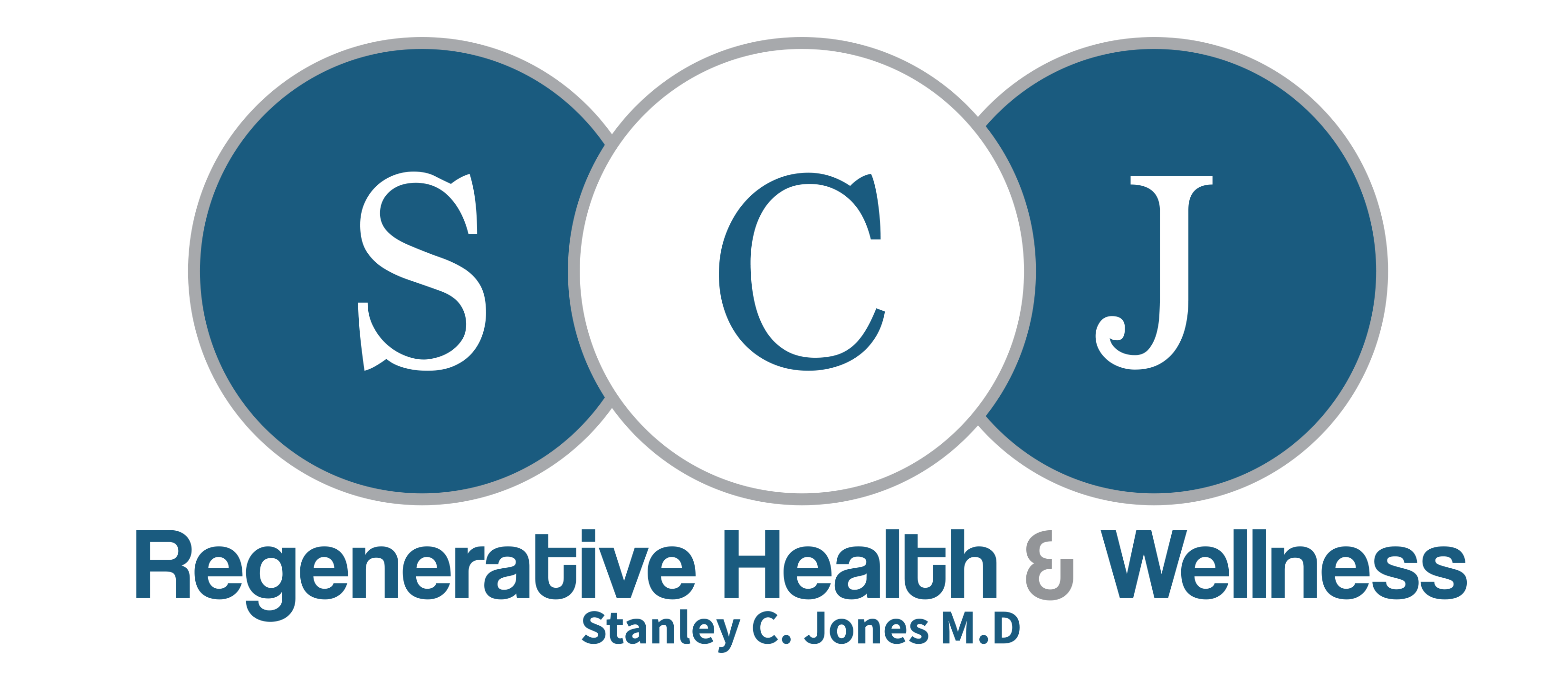yFFP or Young Fresh Frozen Plasma
We are excited to announce the addition of young plasma to our anti-aging and disease-modifying therapies.
A Brief History of Plasma Transfusions
It has been shown through many studies that plasma is safe, and it has been used in medical emergencies or to treat medical conditions for decades. In addition to emergency situations, plasma infusions are standard treatments to replace missing proteins in people with genetic diseases, but it can also be used to mitigate age-related conditions. In healthy individuals, young plasma can beneficially alter more than 20 biomarkers. DNA methylation or Grim Aging, will go down, suggesting a reduction in morbidity and mortality, and demonstrating that young plasma contains youth-promoting factors. Stem cells and young healthy plasma are a phenomenal way to maintain healthy living while feeling the best way possible through longevity.
About Plasma Transfusions
Plasma transfusions are now considered a standard treatment for many different indications, including inflammatory or autoimmune conditions, rare genetic diseases related to blood clotting, critical illness, and hypercholesterolemia. Plasmapheresis has been used in tens of thousands of patients with fewer than 4% having adverse reactions, which are typically very mild.
Plasma is the light-colored part of blood that does not have platelets or red blood cells, but contains billions of exosomes. Plasma contains multiple components including minerals, vitamins, RNA, DNA, and various globulins including immunoglobulins, beneficial cytokines, and hormones.
The Process of Removal of Old Plasma
Before infusion of young plasma, some volume of old or diseased plasma should ideally be removed to rid the body of senescent cells, which are abnormal cells that can cause diseases, increase symptoms associated with aging, slow healing, and cause loss of energy and vitality. We are constantly searching for senolytic supplements or medicines to lower senescent cell numbers. Apheresis or plasmapheresis is a process where old plasma is exchanged for young healthy plasma and senescent cells are thereby reduced in number and replaced with younger, healthier cells.
Young plasma treatments take two forms. First, it can be directly injected into painful joints or muscular strains, and second, it can be administered in larger volumes via intravenous (IV) infusion.
MORE INFORMATION REGARDING THE BENEFITS OF PLASMA
Beneficial Uses of Plasma Transfusions:
- Kidney Function
o Kidney function can be improved in many cases with creatinine levels decreasing and eGFR (estimated glomerular filtration rate) increasing.
- Chronic inflammation
o Chronic inflammation occurs with the progression of aging, even with the best intentions of a great diet and exercise. Although there is no treatment that reverses all the detrimental effects of aging, there are therapies that can slow the progression of health decline. It is my belief that young healthy plasma can be a valuable therapeutic for disease treatment and for youthfulness and possibly longevity.
- Arthritis
o Arthritis pain relief can occur with reduced inflammation and reduction of cartilage fissuring. Many patients who suffer from arthritis are finding relief from their symptoms from either direct injection of young plasma into compromised joints or from infusion of young plasma via IV.
- Disease Inhibition
o Disease inhibition and personal rehabilitation can be significant. We have seen significant improvement in biomarkers that are associated with disease after treatment with young plasma. Because this treatment is so new, we are learning constantly about further, often unexpected, benefits of young plasma treatment.
ADDITIONAL INFORMATION
Exosomes, which are present in young plasma by the billions, are beneficial microvesicles for which stem cells can release their paracrine activity and therefore exert regenerative properties. Exosomes promote healing through an anti-inflammatory mechanism.
Mesenchymal stem cells have been proposed as a very beneficial way to treat the detrimental effects of aging, and stem cells have been associated with prolonged, healthy life spans through their anti-inflammatory effects and immunomodulatory properties.
In relation to age modification, biomarkers for lowering age showed that Cystatin C and growth differentiation factor (GDF-15) were lowered with young plasma. These biomarkers are just two of others that show age-lowering effects of young plasma.
Cystatin C is a cysteine protease inhibitor that is produced by all human cells. It is used to assess kidney function and higher Cystatin C levels have been associated with lung COPD and cardiovascular disease. Lowering Cystatin C is significant for longevity.
GDF-15 belongs to the Transforming Growth Factor B (TGF-B) superfamily of proteins. Levels of GDF-15 are elevated with aging in response to cellular stress and mitochondrial malfunction. GDF-15 levels are higher in all-risk mortality as well as cardiovascular disease. Young plasma has been shown to lower GDF-15 levels.
Additionally, red blood cell markers have shown improvement with young plasma. Red cell distribution width (RDW) is a possible marker for cardiovascular and cerebrovascular diseases. RDW measurably decreases for many patients after young plasma infusions.
Extracellular matrix (ECM) homeostasis is improved with young plasma infusions. The structural support for cells is called the extracellular matrix (ECM), and ECM is the protein that provides binding sites for cells and matrix macromolecules. It allows for cells to be interactive. Homeostasis of ECM plays a valuable role in maintaining youthfulness.
Studies are continuing on the health benefits of treating patients with young plasma, and physicians and researchers are learning more every day about the expansive possibilities this new treatment presents. For further information, as well as to read about ongoing studies, interested patients can visit www.youngplasmastudy.com and see the latest information on this innovative new treatment.

